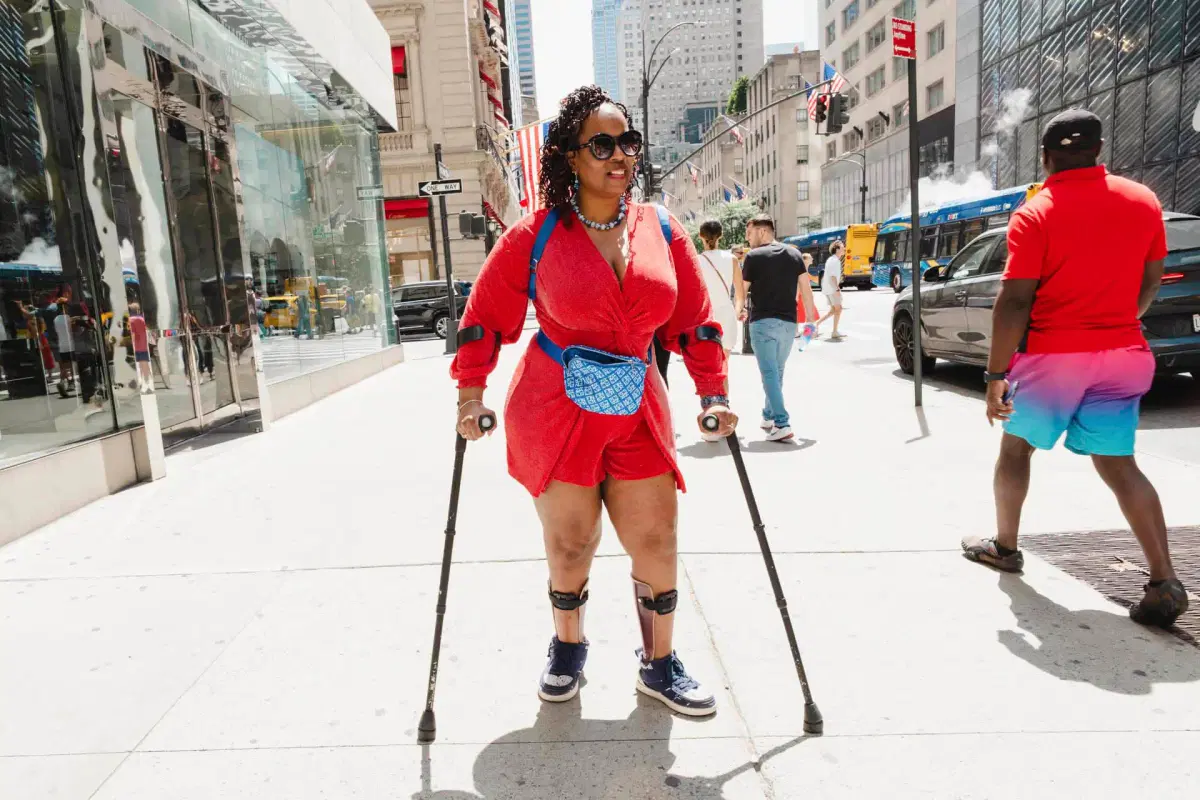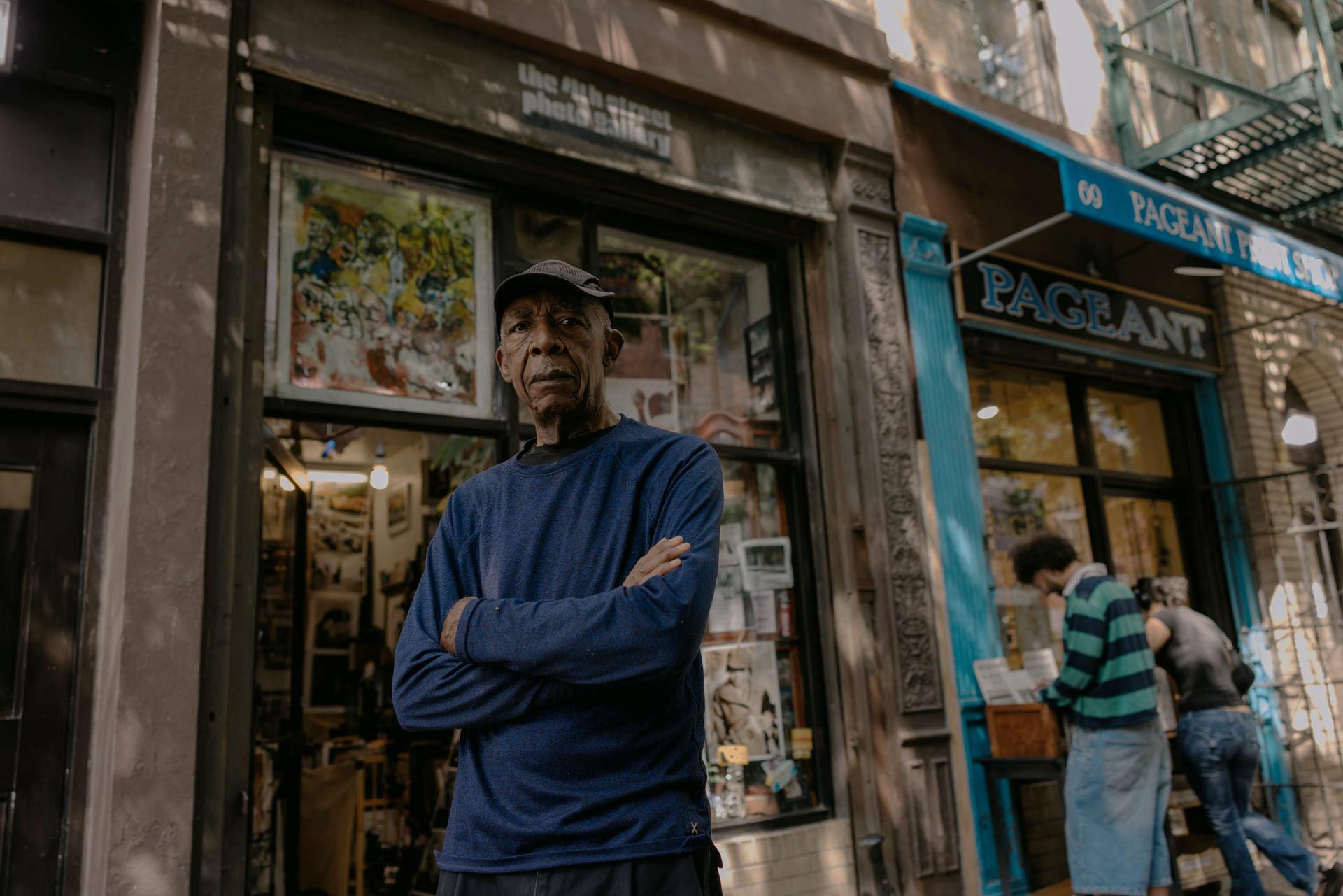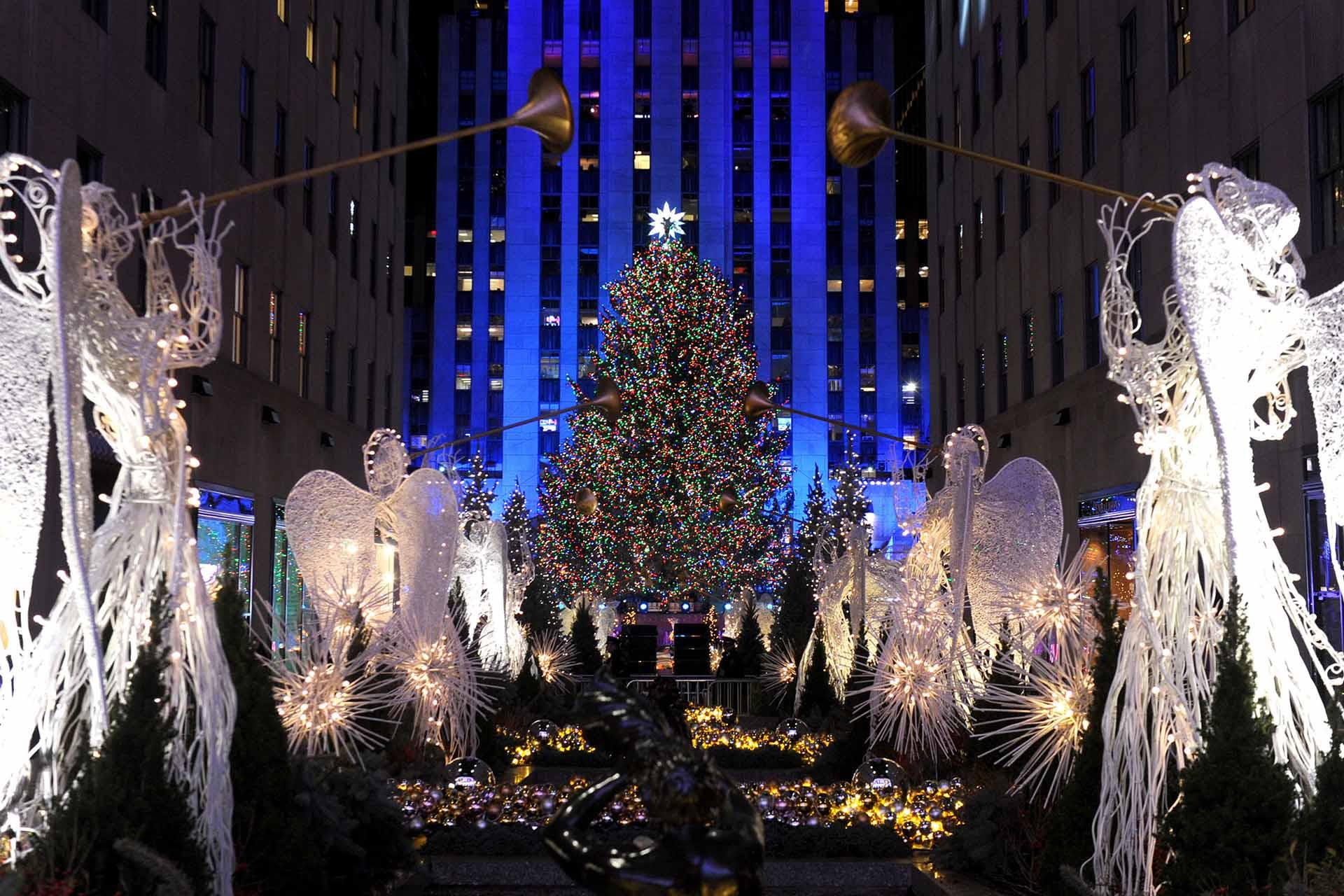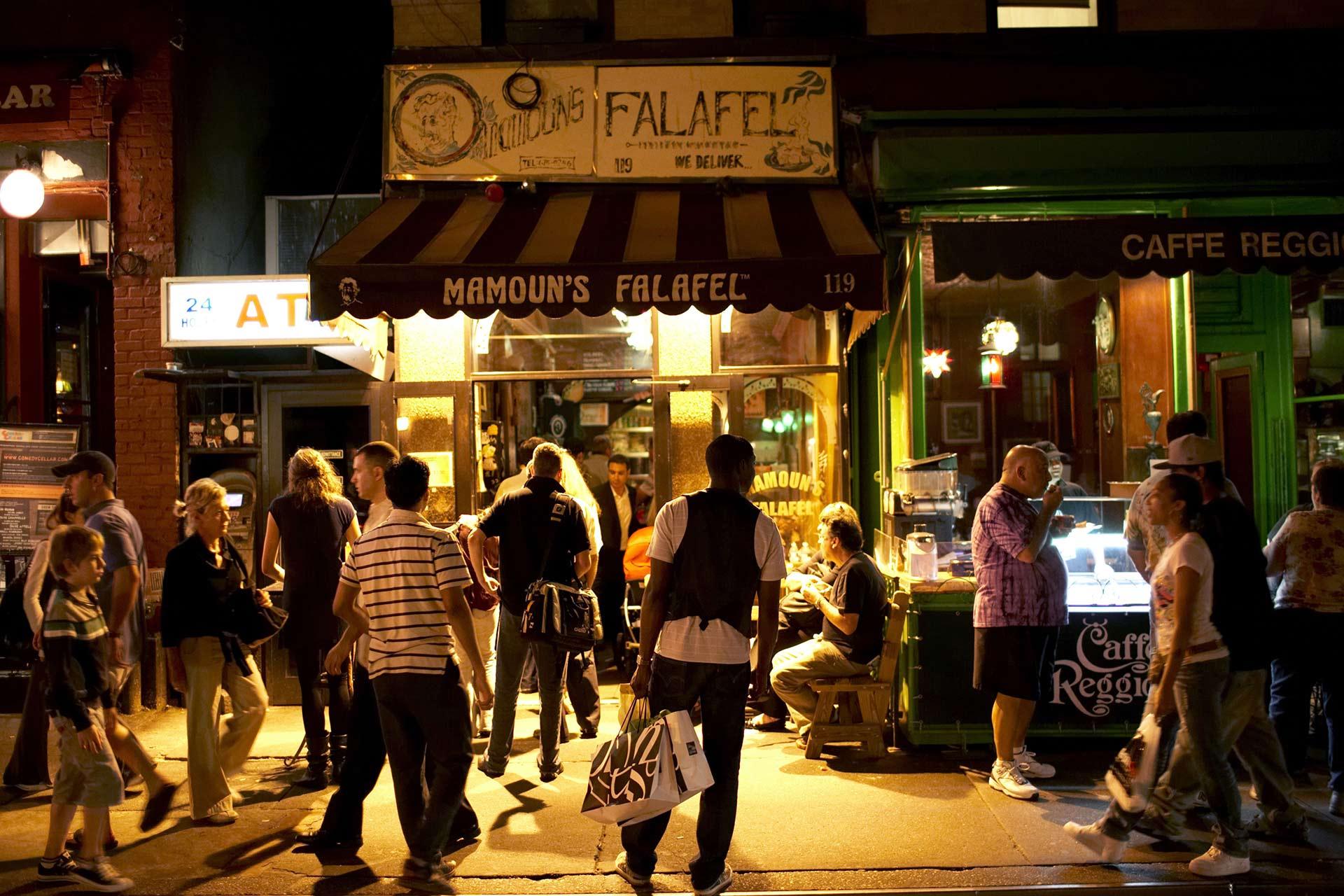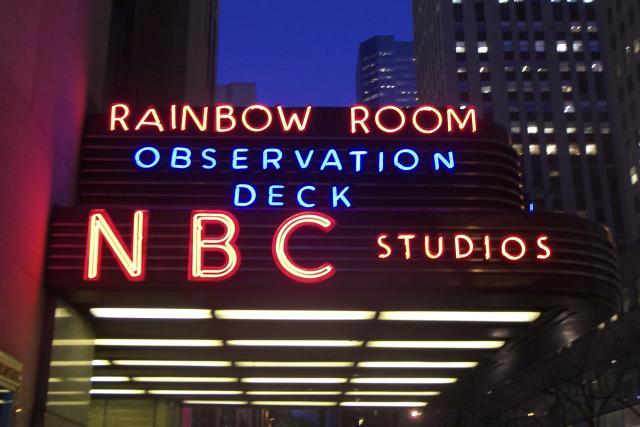I am a native New Yorker who has had the experience of living in both a physically abled and disabled body. Growing up in NYC I was able to go up and down flights of stairs, explore different neighborhoods and walk for miles without a second thought. However, at the age of 21, I was diagnosed with a benign tumor that grew on the nerves of my lower spine. I needed emergency spinal cord surgery and, as a result, had to learn how to walk with two leg braces and forearm lofstrand crutches.

When I first realized I was going to have a physical disability, I felt ashamed and embarrassed. I had not thought much about the experiences and challenges of people with disabilities, but I knew that they were often mistreated and disrespected, and I was concerned the same thing would happen to me. So I basically tried to ignore that I was disabled and told people to treat me like you would treat an able-bodied person. Ultimately, I realized that I was telling people to disrespect me by ignoring my disability.

Over the years I adapted to living in my physically disabled body with my mobility devices and newfound limitations. It takes me longer to do some everyday things. I am no longer able to go up and down as many flights of stairs or walk for miles. Instead, I can walk for a couple of blocks, with stops to catch my breath, which allows me the ability to fully enjoy my surroundings—from historic street signs to yellow cabs to the stylish people hailing them. The adjustment was difficult at first because like most New Yorkers I was always on the move, going from one place to the next. Now, I have to take my time, carefully planning ahead to ensure that I get to my destination in a timely manner and, more importantly, that wherever I am going is a place that’s accessible.

What does accessibility look like for me? It’s a venue that has few to no stairs to get indoors, an elevator to use if there are multiple levels and the ability to move around freely once inside. The space has to have clear signage stating where the accessible entrance is located. I have been to places that had a wheelchair decal in the window, which symbolizes that they are accessible, but no visible entryway to use without climbing a few stairs or going away from the main door. For me, that is not an accessible entrance.
It's disheartening to be excited about visiting a place, then arrive and be unable to get inside. In an ideal world, restaurants and venues would have written and video descriptions to show the inside and outside of the premises so guests know how to maneuver. I always research any venue or neighborhood online before venturing out, though not all places have their accessibility information on their website. If I have unanswered questions, I call the restaurant to let them know that I walk with crutches and to ask if there are stairs to get inside—and if so, how many are there, is there an elevator available for guests and are there restrooms on the same level as the dining area.

Greene entering Fogo de Chão
For example, before I went to dinner at Fogo de Chão in Midtown Manhattan, I googled the restaurant and called to see if I could access their dining room on the lower floor without using the stairs. They proudly stated there is an elevator near the front door to take guests to the lower level, where there are also restrooms. I appreciated their assistance when I arrived: I was greeted at the door and offered the option of using the stairs or the elevator. I chose the elevator and was escorted on and off of it and then to my table.


Greene with a friend at Fogo de Chão
On a different outing with a few of my Zeta Phi Beta sorority sisters, we went to the Lip Lab in Soho. I saw on Google that it has a street-level entrance with a slight incline and that the place is very spacious. Once we got there, the staff was really nice and welcomed us inside; we had a great time.
When I am ready to go out, I also think about how I am going to travel around town. My preferred method is to use the MTA’s Access-A-Ride Paratransit Service (AAR), which provides shared ride services for people with disabilities within the five boroughs. Sometimes I choose to use a taxi or Uber if the AAR is unavailable. Then there are days when I go for a walk for a couple of blocks with my friends, so we can chat and get in some exercise while managing busy city streets.

When going in or out of the City, I like to travel with Amtrak from Moynihan Train Hall at Penn Station. I call the Red Cap service department before arriving at the station so they can meet me outside and escort me to the waiting area. When it’s time to board, the staff assists me with my luggage prior to other passengers boarding and wishes me a safe ride. On my return trip, the conductor contacts the Red Cap team to inform them a disabled passenger needs assistance, and when we arrive the staff is on the platform waiting for me.

Living in NYC with a physical disability does have its challenges, and I am grateful for my family and friends who support me through them. I am also appreciative of the many people I’ve encountered who willingly assist me with opening and holding doors. As I continue to grow, I am thankful that I get to explore NYC with its many accessible areas and limitless experiences to enjoy.
One thing I’ve learned is that I am smarter and stronger than I appear. I have had discussions with people who assume that because I have physical limitations, I am unable to do things for myself, which is certainly not true. Today I am actually grateful for my disability. It has taught me that taking my time to do things is OK. There is no reason to be ashamed and embarrassed. I have good and not-so-good days; however, I manage all of them with a smile on my face, knowing that the next moment will be better than the last.
Find more stories and resources in our Accessible NYC guide.
Michele L. Greene is a native New Yorker who shares her individual experience of living in both a physically abled and disabled body to motivate and inspire others. She earned her bachelor’s degree in business administration from the Metropolitan College of New York and has been a proud member of Zeta Phi Beta since spring 2000. She enjoys singing, grooving to old-school R&B and spending time with loved ones.

